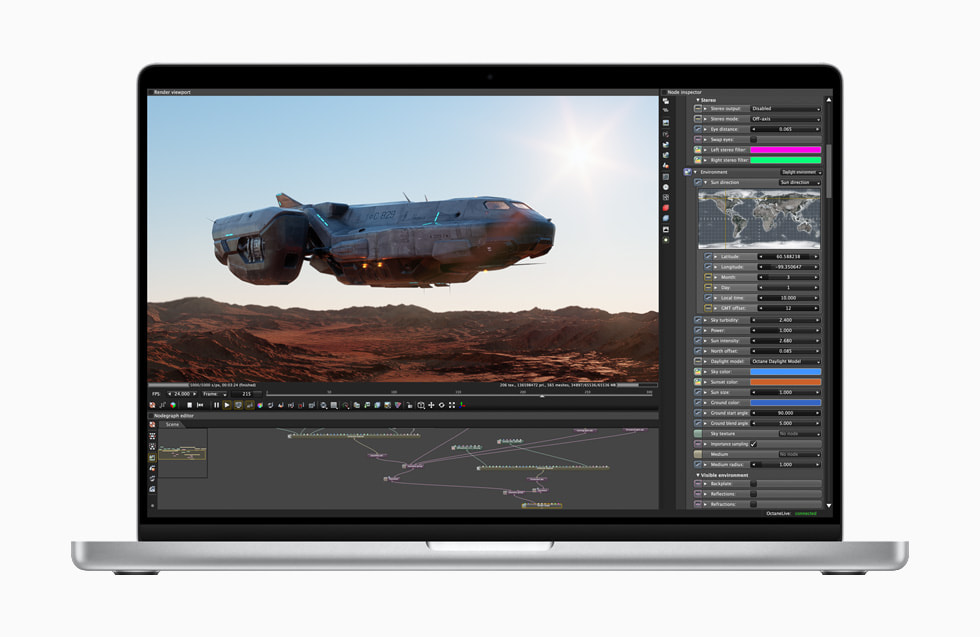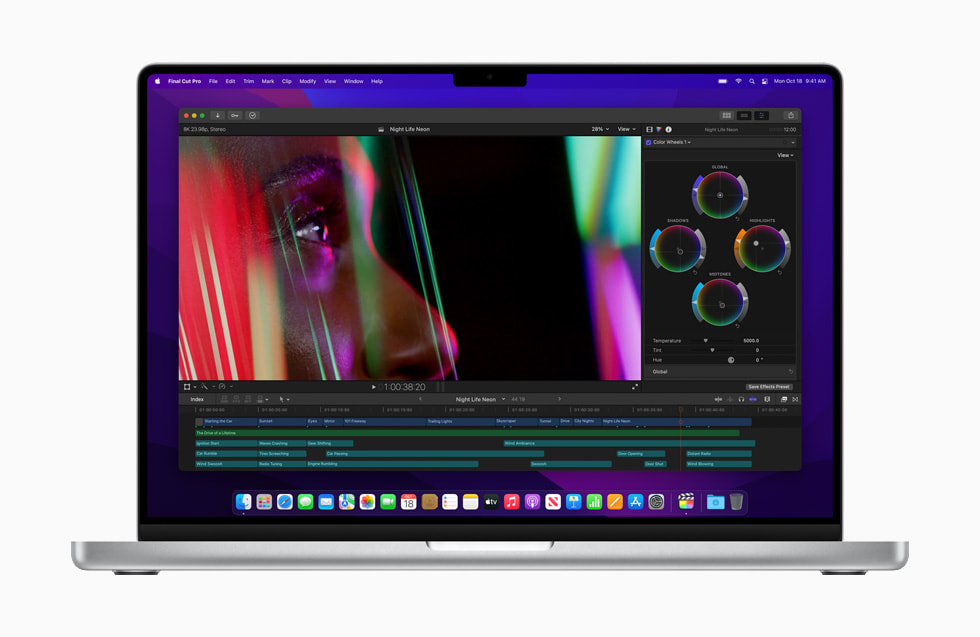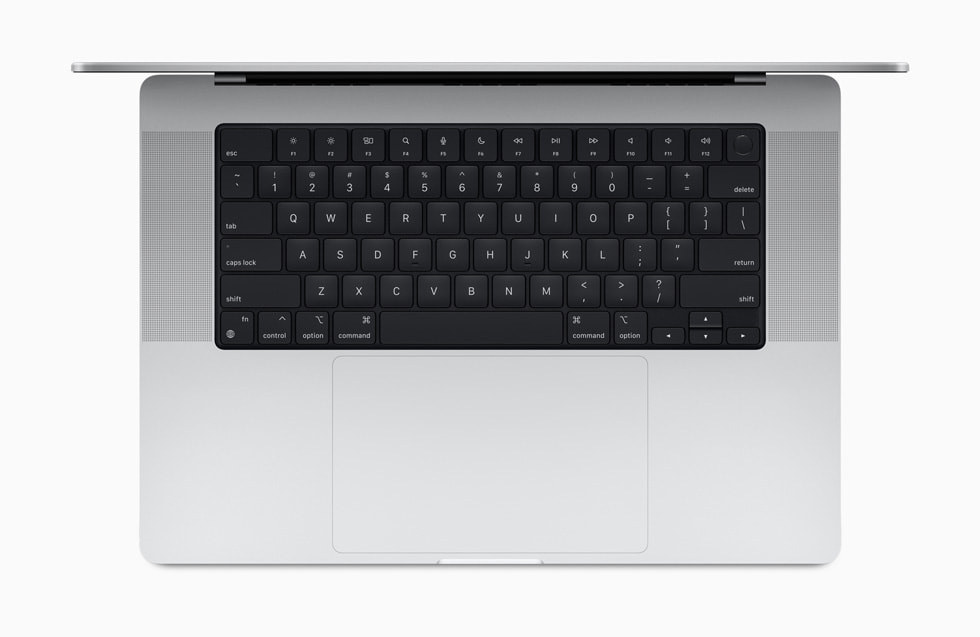Apple unveils game-changing MacBook Pro with astounding new features

The M1 Pro and M1 Max transform the MacBook Pro experience and represent a significant step forward in the transition to Apple silicon on Mac. MacBook Pro with M1 Pro and M1 Max is the first pro system to use a system-on-a-chip (SoC) architecture, with fast unified memory and improved memory bandwidth for unsurpassed performance, best-in-class performance per watt, and industry-leading power efficiency.
M1 Pro pushes the revolutionary design of M1 to new heights. M1 Pro boasts up to 70% faster CPU performance than M1, and up to 2x faster GPU performance, thanks to a powerful up-to-10-core CPU with eight high-performance cores and two high-efficiency cores, as well as an up-to-16-core GPU. M1 Pro also supports up to 32GB of fast unified memory and has a memory bandwidth of up to 200GB/s, which is roughly three times that of the M1. M1 Pro has a ProRes accelerator in the media engine, offering amazingly rapid and power-efficient video processing. It is designed to substantially speed up pro video operations.

M1 Max, the world’s most powerful processor for a pro laptop, expands on M1 Pro’s incredible capabilities. The M1 Max has the same strong 10-core CPU as the M1 Pro, but it doubles the GPU with up to 32 cores for up to 4x faster GPU performance than the M1. It also features up to 400GB/s of memory bandwidth — twice as much as the M1 Pro and nearly six times as much as the M1 — and up to 64GB of fast unified memory. With even the most recent PC laptops offering up to 16GB of video memory, having this massive amount of memory accessible is game-changing for professional workloads, allowing professionals to perform things previously impossible on a notebook.
3D artists using the latest MacBook Pro can now work with high geometry and textures in settings that professional PC machines cannot even run. 1 M1 Max now includes an improved media engine with two ProRes accelerators for even better multi-stream performance. As a consequence, professionals can edit up to 30 streams of 4K ProRes footage or seven streams of 8K ProRes video in Final Cut Pro, which is more than a 28-core Mac Pro with Afterburner. For the first time on any Mac, video editors may grade color in HDR on 8K ProRes 4444 video while miles away from the editing room using battery power.

If you’re looking for a new tech-savvy computer or just a good everyday computer for work or school, then the MacBook is a great way to go!





